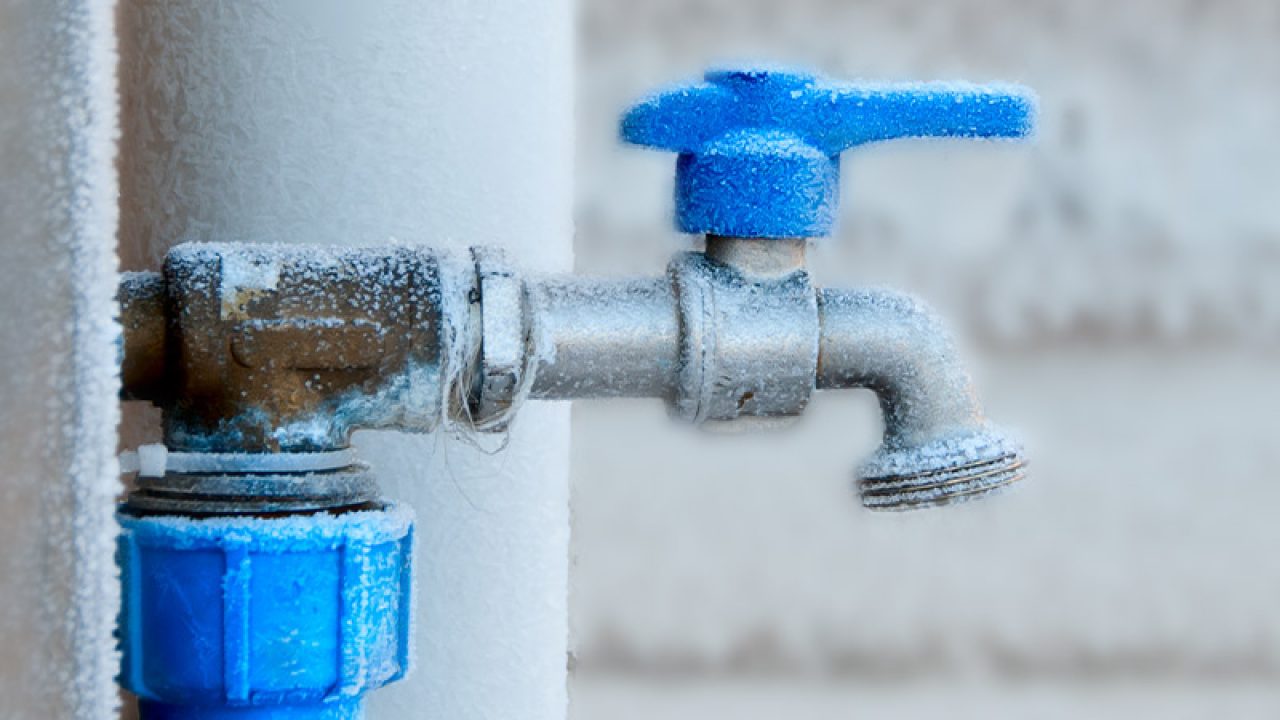Protecting Against Frozen Plumbing: Effective Methods for Winter
Protecting Against Frozen Plumbing: Effective Methods for Winter
Blog Article
Were you interested in resources about 6 Ways to Prevent Frozen Pipes?

Cold weather can wreak havoc on your pipes, especially by freezing pipelines. Right here's how to stop it from taking place and what to do if it does.
Introduction
As temperatures decrease, the threat of icy pipes rises, potentially resulting in expensive repair services and water damage. Comprehending just how to avoid frozen pipes is crucial for home owners in cold climates.
Avoidance Tips
Insulating prone pipes
Wrap pipelines in insulation sleeves or utilize heat tape to protect them from freezing temperature levels. Focus on pipelines in unheated or external areas of the home.
Home heating methods
Maintain interior rooms sufficiently heated up, specifically areas with plumbing. Open cabinet doors to allow cozy air to flow around pipes under sinks.
Exactly how to identify frozen pipelines
Seek reduced water flow from faucets, uncommon odors or noises from pipes, and visible frost on subjected pipelines.
Long-Term Solutions
Architectural modifications
Consider rerouting pipelines away from exterior walls or unheated areas. Include added insulation to attics, basements, and crawl spaces.
Updating insulation
Buy top quality insulation for pipelines, attics, and walls. Correct insulation helps keep constant temperatures and reduces the danger of frozen pipes.
Securing Exterior Plumbing
Yard pipes and outdoor faucets
Disconnect and drain yard hose pipes before winter months. Mount frost-proof spigots or cover outdoor faucets with insulated caps.
Understanding Icy Pipes
What creates pipelines to ice up?
Pipes ice up when subjected to temperatures listed below 32 ° F (0 ° C) for expanded durations. As water inside the pipelines ices up, it broadens, taxing the pipe walls and possibly triggering them to rupture.
Threats and damages
Frozen pipes can bring about supply of water interruptions, home damage, and pricey repairs. Ruptured pipelines can flood homes and trigger extensive architectural damages.
Signs of Frozen Water Lines
Determining frozen pipelines early can prevent them from breaking.
What to Do If Your Pipes Freeze
Immediate activities to take
If you think icy pipelines, keep faucets open to alleviate stress as the ice melts. Make use of a hairdryer or towels soaked in hot water to thaw pipelines slowly.
Final thought
Protecting against frozen pipelines needs aggressive actions and quick reactions. By recognizing the causes, indications, and preventive measures, house owners can safeguard their plumbing throughout winter.
5 Ways to Prevent Frozen Pipes
Drain Outdoor Faucets and Disconnect Hoses
First, close the shut-off valve that controls the flow of water in the pipe to your outdoor faucet. Then, head outside to disconnect and drain your hose and open the outdoor faucet to allow the water to completely drain out of the line. Turn off the faucet when done. Finally, head back to the shut-off valve and drain the remaining water inside the pipe into a bucket or container. Additionally, if you have a home irrigation system, you should consider hiring an expert to clear the system of water each year.
Insulate Pipes
One of the best and most cost-effective methods for preventing frozen water pipes is to wrap your pipes with insulation. This is especially important for areas in your home that aren’t exposed to heat, such as an attic. We suggest using foam sleeves, which can typically be found at your local hardware store.
Keep Heat Running at 65
Your pipes are located inside your walls, and the temperature there is much colder than the rest of the house. To prevent your pipes from freezing, The Insurance Information Institute suggests that you keep your home heated to at least 65 degrees, even when traveling. You may want to invest in smart devices that can keep an eye on the temperature in your home while you’re away.
Leave Water Dripping
Moving water — even a small trickle — can prevent ice from forming inside your pipes. When freezing temps are imminent, start a drip of water from all faucets that serve exposed pipes. Leaving a few faucets running will also help relieve pressure inside the pipes and help prevent a rupture if the water inside freezes.
Open Cupboard Doors
Warm your kitchen and bathroom pipes by opening cupboards and vanities. You should also leave your interior doors ajar to help warm air circulate evenly throughout your home.

As a serious reader on How to prepare your home plumbing for winter weather, I imagined sharing that excerpt was a great idea. Don't hesitate to set aside a second to distribute this article if you liked it. Thank-you for going through it.
Visit My Website Report this page